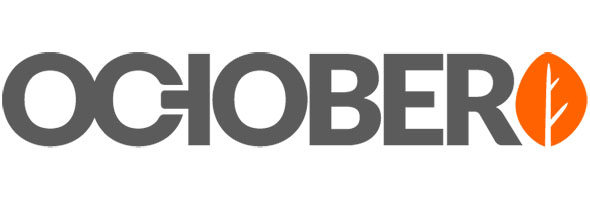
In this tutorial, we will show you how to install and configure October CMS on your CentOS 7 server. For those of you who didn’t know, October CMS is a content management system that uses the Laravel web application framework. It is free and open-source and has been widely adopted by the developer community.
This article assumes you have at least basic knowledge of Linux, know how to use the shell, and most importantly, you host your site on your own VPS. The installation is quite simple. I will show you the step-by-step installation of October CMS in CentOS 7.
Prerequisites
- A server running one of the following operating systems: CentOS 7.
- It’s recommended that you use a fresh OS install to prevent any potential issues.
- SSH access to the server (or just open Terminal if you’re on a desktop).
- A
non-root sudo useror access to theroot user. We recommend acting as anon-root sudo user, however, as you can harm your system if you’re not careful when acting as the root.
Install October CMS on CentOS 7
Step 1. First, let’s start by ensuring your system is up-to-date.
yum -y update
Step 2. Install LAMP server.
A CentOS 7 LAMP server is required. If you do not have LAMP installed, you can follow our guide here. also, install PHP among with few PHP modules:
yum install php-mcrypt php-mbstring php-gd php-pdo
Step 3. Installing October CMS.
The first thing to do is to go to October CMS’s download page and download the latest stable version of October CMS:
wget http://octobercms.com/download mv download download.zip
Unpack the October CMS archive to the document root directory on your server:
unzip download.zip cp -r ~/install-master/* /var/www/html
We will need to change some folders permissions:
chown -R apache:apache /var/www/html/ chmod -R 755 /var/www/html/
Step 4. Configuring MariaDB for October CMS.
By default, MariaDB is not hardened. You can secure MariaDB using the mysql_secure_installation script. you should read and below each step carefully which will set a root password, remove anonymous users, disallow remote root login, and remove the test database and access to secure MariaDB:
mysql_secure_installation
Configure it like this:
- Set root password? [Y/n] y - Remove anonymous users? [Y/n] y - Disallow root login remotely? [Y/n] y - Remove test database and access to it? [Y/n] y - Reload privilege tables now? [Y/n] y
Next, we will need to log in to the MariaDB console and create a database for the October CMS. Run the following command:
mysql -u root -p
This will prompt you for a password, so enter your MariaDB root password and hit Enter. Once you are logged in to your database server you need to create a database for the October CMS installation:
CREATE DATABASE octobercms; GRANT ALL PRIVILEGES ON octobercms.* TO 'octobercms'@'localhost' IDENTIFIED BY 'octobercmsPassword'; FLUSH PRIVILEGES;
Step 5. Accessing October CMS.
October CMS will be available on HTTP port 80 by default. Open your favorite browser and navigate to http://yourdomain.com/install.php or http://server-ip/install.php and complete the required steps to finish the installation. The default username admin and password admin. If you are using a firewall, please open port 80 to enable access to the control panel.
Congratulations! You have successfully installed October CMS. Thanks for using this tutorial for installing October content management system (CMS) on your CentOS 7 system. For additional help or useful information, we recommend you check the official October CMS website.